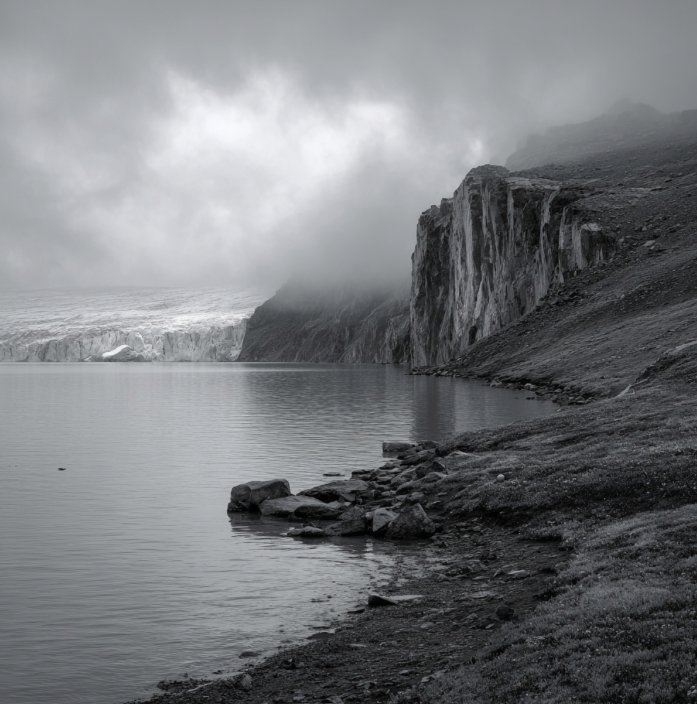Lake Tonawanda: The Lost Lake Before Niagara
The Lost Lakes Before Niagara
Before there was a Niagara Falls — before the roar, the tourists, the mist, and the power plants — this whole region was underwater. Not just a little wet. Gone. Buried beneath ice, then covered by giant lakes that no longer exist.
The First Great Lake
Start with this: about 12,000 years ago, when the last Ice Age was ending, a sheet of ice bigger than the Alps sat on top of Canada and Northern New York.
As it melted, the water had nowhere to go. It pooled between the retreating glacier and the rising land to the south, forming a massive inland sea called Lake Iroquois — the ancestor of today’s Lake Ontario.
Lake Iroquois was a monster — hundreds of feet higher than Ontario is now.
Its waves crashed near Lewiston, Rochester, even Toronto. When the glacier finally pulled back and opened a path to the Atlantic through the St. Lawrence River, all that water poured out, and the lake dropped to a calmer, smaller version — the Lake Ontario we know.
The Lost Lakes: Irondequoit and Tonawanda
But that’s not the end of the story. As the glaciers melted, smaller lakes formed in their wake — Lake Irondequoit near Rochester, and Lake Tonawanda west of there, between Lockport, Lewiston, and Grand Island.
They were cold, eerie places — glacial lakes with gray-blue water and ice still floating on their surface.
Imagine paddling across Tonawanda back then: beneath you, ancient boulders rolled in the current; around you, the future Niagara River was just beginning to take shape.
Over time, as the land rebounded from the weight of the ice (literally lifting upward), those lakes drained. The water from Tonawanda didn’t just disappear — it became the Niagara River, which went on to carve the Niagara Gorge and form the Falls themselves.
Where to See It Now
You can still see the ghost of those lost lakes today.
Head down into the Niagara Glen, and you’re standing on the bottom of old Lake Tonawanda. The cliffs, boulders, and smooth, swirling potholes in the rock were all sculpted by Ice Age water.
Even the ancient white cedars — some over 500 years old — cling to the gorge walls like survivors from another era. Their roots twist through cracks in limestone, feeding on mist and stone, living proof that life always finds a way.
A Reminder Beneath Our Feet
Niagara’s story isn’t just about falling water.
It’s about what came before — the ice, the lakes, the grinding rivers that shaped everything we now take for granted. Every ripple in the Glen, every boulder on the trail, every old cedar whispering in the wind — they’re the echoes of those lost lakes that once covered this whole place.
So next time you’re standing by the Falls, remember:
You’re looking at the end of an Ice Age that never really ended.
#NiagaraFalls #LakeTonawanda #LakeIrondequoit #NiagaraGlen #HiddenNiagara #WesternNewYork #GlacialHistory #Nature



